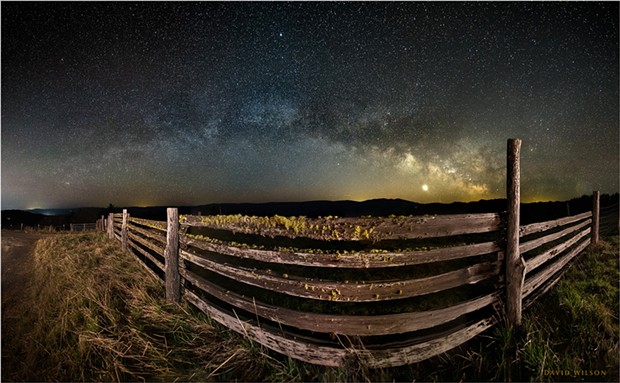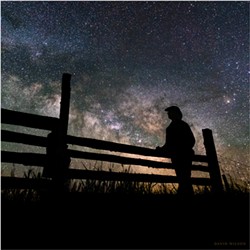[
{
"name": "Top Stories Video Pair",
"insertPoint": "7",
"component": "17087298",
"parentWrapperClass": "fdn-ads-inline-content-block",
"requiredCountToDisplay": "1"
}
]
I remember while camping with my folks as a kid how the Milky Way stretched so prominently across the night sky. It was a special feature of the night I never saw from the bright lights of home but it was always there when we went camping. I assumed it was there every night.
Later in life, I remember looking into the night sky and sometimes not seeing the Milky Way. Its absence was vaguely vexing but I wasn't giving it much thought at the time. Was my mind playing tricks — or my eyes? I didn't know and, for whatever reason, I didn't trouble myself enough to figure it out. It was just an unexplained oddity; sometimes it was there and sometimes it wasn't. In the back of my mind, it was an inconsistency I'd eventually need to solve.
I'm not sure when it came together for me but following the night sky around for a few years has certainly helped me find some patterns and relationships. We see the Milky Way at some times of the year and not others because — as Earth travels around the sun — the night side of the planet faces a slightly different direction into space each day. In summer, Earth's night side faces toward the Milky Way's densest region; half a year later, when Earth is on the opposite side of the sun, the night side faces in the opposite direction.
One of the variables is that the Earth doesn't rotate around its own axis perpendicularly to its orbit around the sun; it is tilted. So, in effect, as Earth orbits the sun, the night side of the planet will face "downward" relative to the orbital plane at one point in the year and half a year later, when we're on the opposite side of the sun, the night side will face "upward" relative to the orbital plane. (There is no real up or down in space, of course, but we can say that relative to the orbital plane, one view is above it and the other is below it.)
As Earth careens around the sun, the Milky Way swings in and out of our wobbling view from season to season. In February, one can find it in the wee hours before first light as it stretches across the sky from the southwestern horizon to the northern skies, chased by the light of dawn. The accompanying photograph was taken at 5:30 a.m. Feb. 11. But the Milky Way's position will be changing daily, rising earlier each morning until the end of May or early June, when it is rising around 11 p.m. By the end of June, the Milky Way will be visible as soon as it is dark and it will continue to be higher in the sky each night. The summer months are the best for viewing the Milky Way in our hemisphere but as fall descends, so does the Milky Way. For now, unless you're an authentic early bird, the Milky Way is not yet ripe for most of us ... but Milky Way season is coming.
To keep abreast of David Wilson's (he/him) photography or purchase a print, visit or contact him at his website www.mindscapefx.com or follow him on Instagram at @david_wilson_mfx and on Twitter @davidwilson_mfx. He teaches Art 35 Digital Photography at College of the Redwoods.
more from the author
-
Redway Beach, a Little Yosemite at Home
- Nov 2, 2023
- More »


































